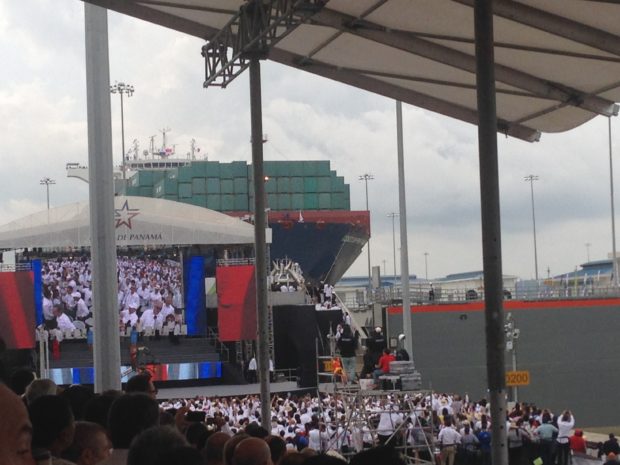The new Panama Canal opened yesterday with the capability of handling larger ships that can hold an additional 500,000 bushels of soybeans per vessel. What kind of impact will this have on soybean export activity in the Pacific Northwest, which is the main outlet for beans destined for China? Darrin Rayl is Plant Manager at TEMCO, a major grain export terminal in the port of Tacoma, Washington. He says they’ll still have the advantage because they can get ships to China in 14 to 15 days verses 25 days on average from the Gulf and through the Canal.
He says they have strong relationships with Pacific Rim customers and also have quality advantages.
At the Port of Grays Harbor they handle soybean meal from AGP facilities in the western corn belt, as well as DDGs, which are largely shipped to the southeast Asia. As a result of their specialization, Leonard Barnes, Deputy Executive Director of the port, says the impact of the expanded Canal on their business will be minimal.
He says because meal and DDGs are difficult to handle most port facilities don’t want to deal with these products and that also gives them a leg up.
South Dakota Soybean Association Director Ken Schulte says they are optimistic that it will be business as usual for their number one export outlet for soybeans from the western corn belt.
The new Canal will be able to handle the larger PosPanamax ships and the third lane will be able to accommodate an additional 10-12 transits each day when fully operational.






